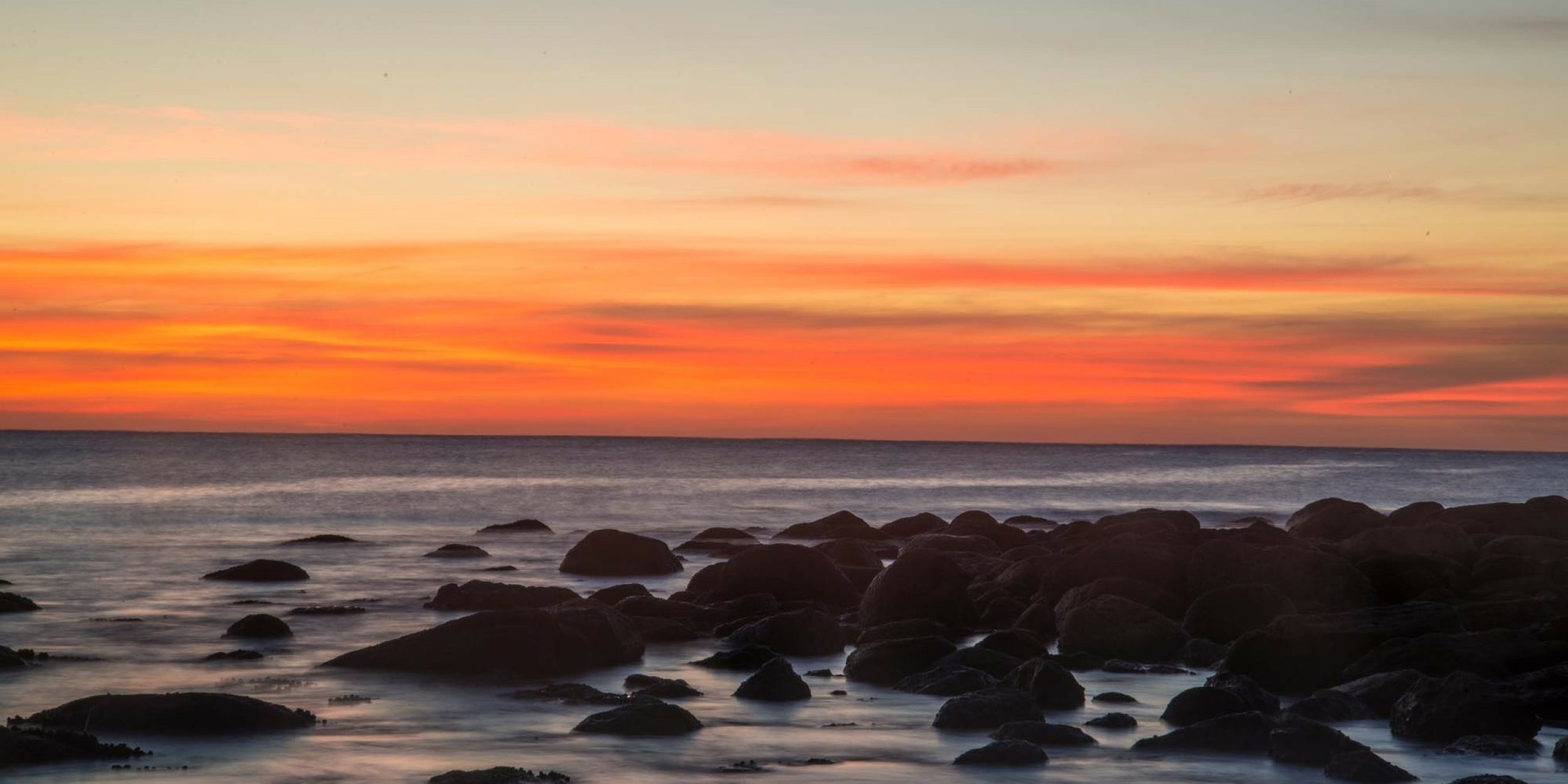Living marine resources respond strongly to variability and change in oceanic conditions. These responses can threaten the resilience of resources and coastal communities. Starting in Fiscal Year 2020, the Climate Program Office’s (CPO) Modeling, Analysis, Predictions, and Projections Program (MAPP), in partnership with the National Marine Fisheries Service (NMFS), funded a set of new research projects focused on modeling climate impacts on fisheries and other living marine resources, the predictability of climate impacts imposed on these resources, and improvements to modeling systems to better simulate variability and change. This funding effort followed MAPP’s Marine Prediction Task Force (2017-2020) effort, which explored the feasibility of forecasting marine living resources leveraging climate predictions, and further addressed the need to better understand and model the key processes relevant to marine ecosystems driven by the climate. Twelve research proposals were funded as part of the new initiative, and will focus on connecting ocean physics relevant to marine resources, biogeochemistry, and high trophic level ecosystems, covering all the US Large Marine Ecosystems from Hawaiian waters to the subarctic Gulf of Alaska to the Eastern bight.
To organize this set of funded projects, a Marine Ecosystem Task Force (METF) has been organized by MAPP to integrate research from these proposals and optimize the outcomes of this research initiative. The METF follows on the heels of a successful and productive Marine Prediction Task Force and is composed of investigators from the twelve funded projects. The METF is co-led by Juliana Dias (NOAA/Physical Science Laboratory), Michael Jacox (NOAA/Southwest Fisheries Science Center), Colleen Petrik (Texas A&M), and Charles Stock (NOAA/GFDL). Monthly teleconferences will be held by the Task Force to facilitate the communication of ongoing studies among investigators. Other collaborative activities to synthesize new research outcomes and translate those outcomes into marine ecosystem applications will emerge based on the interests of the Task Force’s members and the leads.
A recent survey of the researchers participating in the METF revealed the diversity of individual projects in the Task Force. “We have researchers studying marine ecosystems all the way from physics to top predators, covering every U.S. large marine ecosystem, on timescales from months to centuries” said Michael Jacox, a co-lead of the Task Force. The projects not only focus on the shelf scale, such as the marine ecosystems in the California Current System and Northeast US shelf, but also include the larger basin (e.g. NW Atlantic) and global scales. Since each system has their unique identities, different climate-driven physical forcing (e.g. upwelling, sea ice) and biogeochemical components (e.g. carbon cycle, oxygen) are accentuated in the projects and integrated with coastal and pelagic fisheries to varying degrees.
“[T]here are interests and themes that cut across these varied projects”, Dr. Jacox added, “so we have a great opportunity to share knowledge and apply it broadly.” Colleen Petrik, another co-lead of the METF pointed out, “[the task force] hopes to identify a few major themes related to analytical frameworks or research topics that bridge multiple projects.” These common topics include but are not limited to: 1) connecting climate-ocean physics, biogeochemistry, fishery resources and management applications; 2) biogeochemical modeling gaps, challenges and innovative approaches; 3) understanding the key processes/mechanisms of variability, change, and predictability; and 4) prediction methods, products, tools, analyses, and applications. In this context, the METF provides an opportunity to share and collaborate among the individual projects, and create a community of practice driven by the common scientific interests.
In addition, the broad diversity of projects will fuel constructive interactions within the Task Force. “The diversity of projects will allow us to identify emergent patterns across space and time ” said Colleen. “Also, the diversity of approaches are a key component of the task force, and I foresee much sharing of tools, technology, and methodology, and understanding of best practices for their use, across projects.”
The first teleconference of the three-year METF took place on October 7th, 2020. The leadership of the Task Force will start to build connections across groups in its first meeting. The Task Force meetings and other potential activities will be structured around the major themes that bridge multiple projects and the sharing of tools and technologies. The efforts of the Task Force may come out in the form of technical reports, review articles or journal special collections. Moreover, as Dr. Petrik indicated, “hopefully the tools for analysis could be another product created by the TF for use by the marine ecosystem prediction community at large.”
To learn more about this task force and its members, please visit our webpage.




